Importance Of Understanding Poultry Anatomy For Chicken Wing Preparation
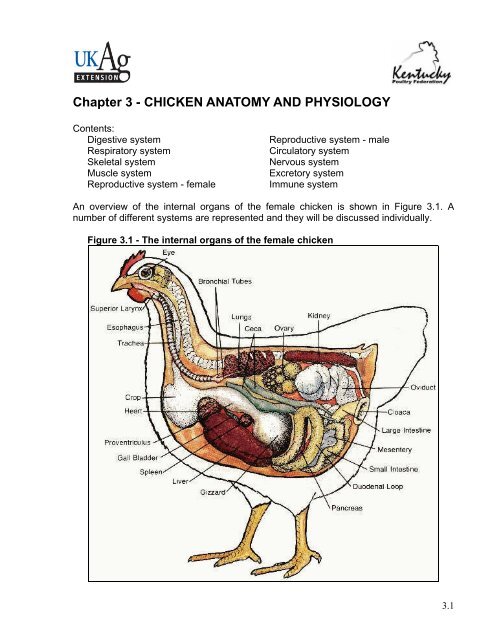
Understanding poultry anatomy is crucial for optimizing the flavors and cooking techniques when preparing chicken wings. By knowing the structure and functionality of a chicken wing, chefs can better understand how different parts contribute to the overall taste and texture of the wings. Additionally, feathers play a role in the cooking process, affecting the texture of the wings when cooked. Through proper techniques for feather removal, chefs can ensure a more efficient and thorough preparation process. By having a comprehensive understanding of poultry anatomy, chefs can elevate their chicken wing dishes to new heights.
Importance Of Knowing Poultry Anatomy For Optimizing Chicken Wing Flavors
Knowing the poultry anatomy is paramount for chefs in optimizing the flavors of chicken wings. By understanding the structure and functionality of different parts of the wing, chefs can employ specific cooking techniques to enhance the taste. For example, knowing the location of dark meat in the wing can help chefs cook it for a more succulent and flavorful experience. Additionally, understanding the distribution of blood vessels and connective tissue can direct chefs to tenderize the meat properly. With this knowledge, chefs can elevate the flavors of chicken wings to create a truly mouthwatering dining experience.
Key Differences In Chicken Wing Anatomy Affecting Cooking Techniques
There are key differences in chicken wing anatomy that can greatly affect cooking techniques and ultimately the flavor and texture of the wings. The primary difference lies in the distribution of dark and white meat. The drumette, or the upper part of the wing, contains mostly dark meat, which is more succulent and flavorful. On the other hand, the flat, or the lower part of the wing, contains more white meat, which is leaner and can easily dry out if overcooked. Understanding these differences allows chefs to tailor their cooking techniques to each part of the wing, ensuring a perfectly cooked and delicious final dish.
Understanding The Basics: Wing Structure Of Chickens
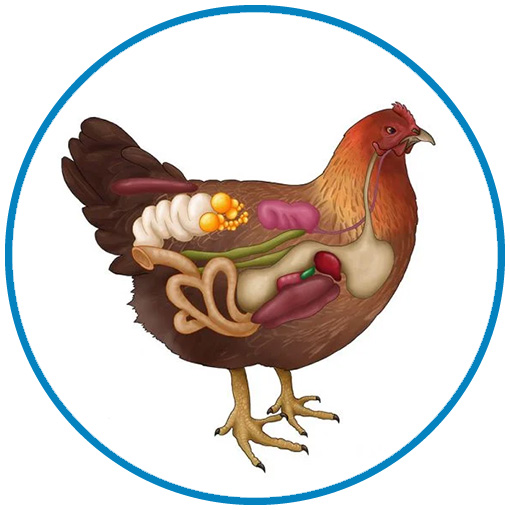
The wing structure of chickens is composed of three main parts: the drumette, flat, and tip. The drumette is the upper part of the wing, which contains mostly dark meat. It is thick and meaty, making it perfect for grilling or frying. The flat, also known as the wingette, is the middle part of the wing and contains both white and dark meat. It is leaner than the drumette and is often used for baking or grilling. Lastly, the tip is the smallest and least meaty part of the wing, often discarded or used for making stocks and broths. Understanding the different parts of the wing helps cooks choose the appropriate cooking technique for each section, resulting in perfectly cooked and flavorful chicken wings.
Basic Anatomy Of A Chicken Wing
The basic anatomy of a chicken wing consists of three main parts: the drumette, flat, and tip. The drumette is the upper part of the wing, which contains mostly dark meat. It is thick and meaty, making it perfect for grilling or frying. The flat, also known as the wingette, is the middle part of the wing and contains both white and dark meat. It is leaner than the drumette and is often used for baking or grilling. Lastly, the tip is the smallest and least meaty part of the wing, often discarded or used for making stocks and broths. Understanding the different parts of the wing helps cooks choose the appropriate cooking technique for each section, resulting in perfectly cooked and flavorful chicken wings.
Functionality Of Different Parts Of A Chicken Wing
The different parts of a chicken wing serve various purposes in terms of functionality. The drumette, being the upper part of the wing, contains muscles that provide strength and support for flight. This section is perfect for grilling or frying due to its thick and meaty texture. The flat, or wingette, consists of both white and dark meat, making it a versatile choice for baking or grilling. It offers a leaner cut, allowing for a healthier option. Lastly, the tip, though small and less meaty, can be used for making stocks and broths, adding flavor to soups and sauces. Understanding the functionality of each part helps in determining the best cooking technique for optimal results.
Types Of Feathers Found On Chicken Wings

Chicken wings are covered in various types of feathers that contribute to their overall structure and flight capabilities. The primary feathers, also known as flight feathers, are the large feathers located at the outer edge of the wing. These feathers are essential for providing lift and stability during flight. The coverts, on the other hand, are the small feathers that cover the base of the primaries. They help to streamline the wing and improve aerodynamic efficiency. Understanding the different types of feathers on chicken wings is important for appreciating the complexity of their anatomy and how it influences their cooking and texture.
Primary Feathers Found On Chicken Wings
The primary feathers, also known as flight feathers, are a crucial component of a chicken’s wing. These feathers are located on the outer edge of the wing and play a significant role in providing lift and stability during flight. They are typically larger and sturdier compared to other feathers on the wing. The primary feathers are characterized by a central shaft with vanes on either side, consisting of barbs and barbules that interlock to create a strong and flexible surface. Their unique structure allows chickens to maneuver and glide through the air effectively.
Secondary Feathers And Their Role On Chicken Wings
Secondary feathers, also known as secondaries, are located behind the primary feathers on a chicken’s wing. These feathers grow out from the forearm area of the wing and play a crucial role in flight. Unlike the primary feathers, the secondaries provide lift during both soaring and flapping functions of flying. They work in conjunction with the primary feathers to enhance the bird’s maneuverability and stability in the air. By adjusting the angle and position of the secondaries, chickens are able to control their flight and navigate through different aerial movements efficiently.
Impact Of Feathers On Wing Cooking And Texture
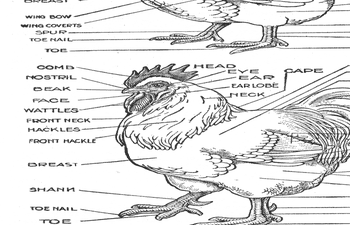
Feathers play a significant role in the cooking and texture of chicken wings. When feathers are left on the wings during cooking, they can affect the texture by creating a slightly tougher and chewier bite. The presence of feathers can also result in a less appetizing appearance. To ensure a desirable texture and presentation, it is important to properly remove all feathers from the wings before cooking. This will yield tender, juicy, and visually appealing wings that are sure to satisfy any chicken wing enthusiast.
How Feathers Affect The Texture Of Chicken Wings When Cooked
Feathers have a noticeable impact on the texture of chicken wings when cooked. If feathers are not adequately removed before cooking, they can result in a slightly tougher and chewier bite. The presence of feathers can also affect the appearance of the wings, making them less visually appealing. To ensure tender and juicy wings with a desirable texture, it is crucial to thoroughly remove all feathers from the wings before cooking. This step is essential for achieving the perfect chicken wing experience and satisfying the taste buds of wing enthusiasts.
Ways To Address Feather-related Challenges During Wing Preparation
During wing preparation, it is crucial to address any feather-related challenges to ensure a smooth cooking process. One effective method is to thoroughly pluck out any visible feathers from the wings. This can be done by using a pair of sharp tweezers or a plucking tool. Another approach is to singe the wings over a flame, which helps to burn off any remaining feather fragments. Additionally, rinsing the wings under cold water can help to remove any loose feathers or debris. These techniques ensure that the wings are free from feathers and ready to be cooked to perfection.
Removing Feathers Properly From Chicken Wings
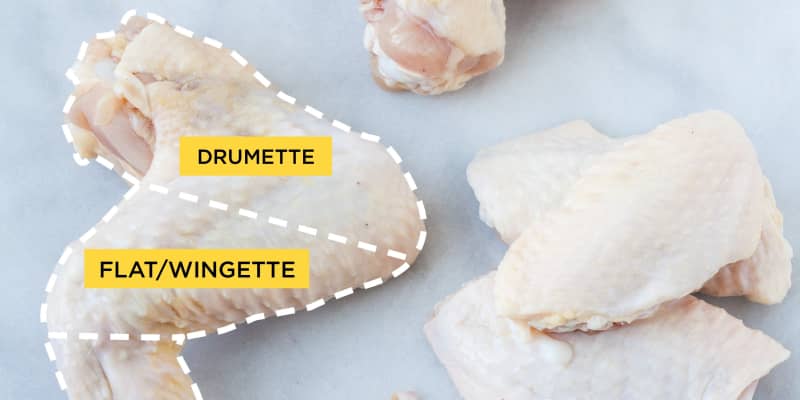
When it comes to removing feathers from chicken wings, it’s important to do it properly to ensure a smooth cooking process. Start by gently grabbing the chicken’s wing and pulling it away from its body to expose the primary flight feathers. These feathers are longer and closer to the tip of the wing. Using a pair of sharp tweezers or a plucking tool, carefully pluck out any visible feathers. For a more thorough removal, singeing the wings over a flame can help burn off any remaining feather fragments. Finally, rinse the wings under cold water to remove any loose feathers or debris. These techniques ensure that your chicken wings are free from feathers and ready to be cooked to perfection.
Proper Techniques For Feather Removal From Chicken Wings
Properly removing feathers from chicken wings is crucial for a smooth cooking process. Start by gently grabbing the chicken’s wing and pulling it away from its body to expose the primary flight feathers, which are longer and closer to the tip of the wing. Use sharp tweezers or a plucking tool to carefully pluck out any visible feathers. For a more thorough removal, singe the wings over a flame to burn off any remaining feather fragments. Finally, rinse the wings under cold water to remove any loose feathers or debris. Following these techniques ensures that your chicken wings are feather-free and ready to be cooked to perfection.
Tips For Efficient And Thorough Feather Removal Process
When removing feathers from chicken wings, there are some key tips to ensure an efficient and thorough process. Firstly, it is important to have sharp tweezers or a plucking tool that can easily grip and remove the feathers. Additionally, gently singeing the wings over a flame after plucking can help to burn off any remaining feather fragments. This step not only ensures a feather-free wing, but also adds a nice flavor and texture to the final dish. Finally, rinsing the wings under cold water helps to remove any loose feathers or debris. By following these tips, you can achieve perfectly feather-free chicken wings for your culinary creations.
Conclusion
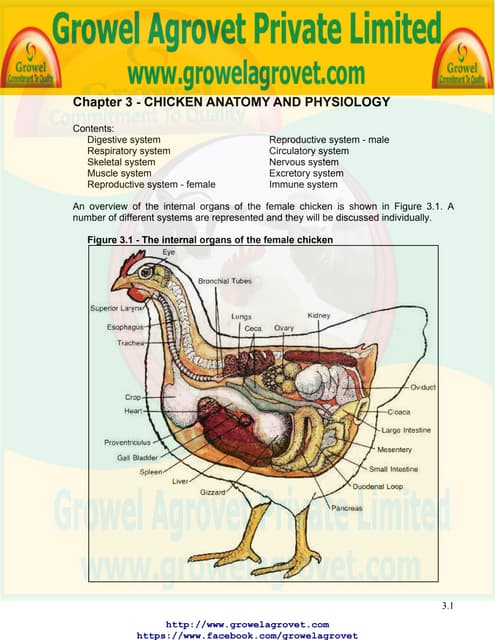
In conclusion, understanding the anatomy of poultry, specifically the feathers on chicken wings, is crucial for optimizing the flavors and textures of chicken wings during preparation. By knowing the different parts of a chicken wing and the functionality of its feathers, cooks can adapt their cooking techniques accordingly. Additionally, properly removing feathers from chicken wings ensures a seamless cooking process and enhances the overall taste and texture of the dish. Armed with this knowledge, cooks can confidently create delicious and feather-free chicken wings that are sure to impress.
Summary Of The Importance Of Understanding Poultry Anatomy For Cooking Chicken Wings
Understanding the anatomy of poultry, specifically the feathers on chicken wings, is crucial for optimizing the flavors and textures of chicken wings during preparation. By knowing the different parts of a chicken wing and the functionality of its feathers, cooks can adapt their cooking techniques accordingly. Additionally, properly removing feathers from chicken wings ensures a seamless cooking process and enhances the overall taste and texture of the dish. Armed with this knowledge, cooks can confidently create delicious and feather-free chicken wings that are sure to impress.
Final Thoughts On Optimizing Chicken Wing Preparation Through Knowledge Of Poultry Anatomy
Understanding the anatomy of poultry, specifically the feathers on chicken wings, plays a crucial role in optimizing the preparation of chicken wings. By knowing the different parts of a chicken wing and how feathers affect cooking techniques and texture, chefs and home cooks can adapt their methods accordingly. Properly removing feathers ensures a seamless cooking process and enhances the overall taste and texture of the dish. Armed with this knowledge, cooks can confidently create delicious and feather-free chicken wings that are sure to impress. By mastering poultry anatomy, the possibilities for mouthwatering chicken wing recipes are endless.
FAQ About Feathers On Chicken Wings: Understanding Poultry Anatomy
Q: What are the purposes of feathers on chicken wings?
A: Feathers on chicken wings serve multiple functions including insulation, protection, and facilitating flight.
Q: How many types of feathers can be found on chicken wings?
A: Chicken wings typically have three main types of feathers namely flight feathers, contour feathers, and down feathers.
Q: Do feathers impact the taste of chicken wings?
A: Feathers do not impact the taste of chicken wings as they are plucked before cooking.
Q: Can feathers regrow on chicken wings after plucking?
A: Feathers can regrow on chicken wings after plucking as part of the natural molting process of birds.
Q: How can understanding poultry anatomy help in cooking chicken wings?
A: Understanding poultry anatomy can help in properly handling and preparing chicken wings for cooking to ensure the best results.
Q: Are there any health concerns related to consuming feathers on chicken wings?
A: Feathers on chicken wings are not meant to be consumed and can pose a choking hazard if accidentally ingested, hence they are removed before consumption.

Johnny Knuckles Knock-out BBQ is a culinary haven for barbecue enthusiasts, offering a fusion of traditional BBQ and tantalizing street fare. Our secret to delivering mouthwatering dishes lies in our meticulous preparation process. Each cut of meat is lovingly hand-rubbed and slow-smoked over 100% hardwood, creating a symphony of flavors that will leave your taste buds dancing. Whether planning a special event or simply craving an unforgettable meal, Johnny Knuckles Knock-out BBQ is here to elevate your dining experience. Our catering services are designed to bring the sizzle and aroma of our delectable BBQ to your event, ensuring that every guest leaves with a full belly and a smile.